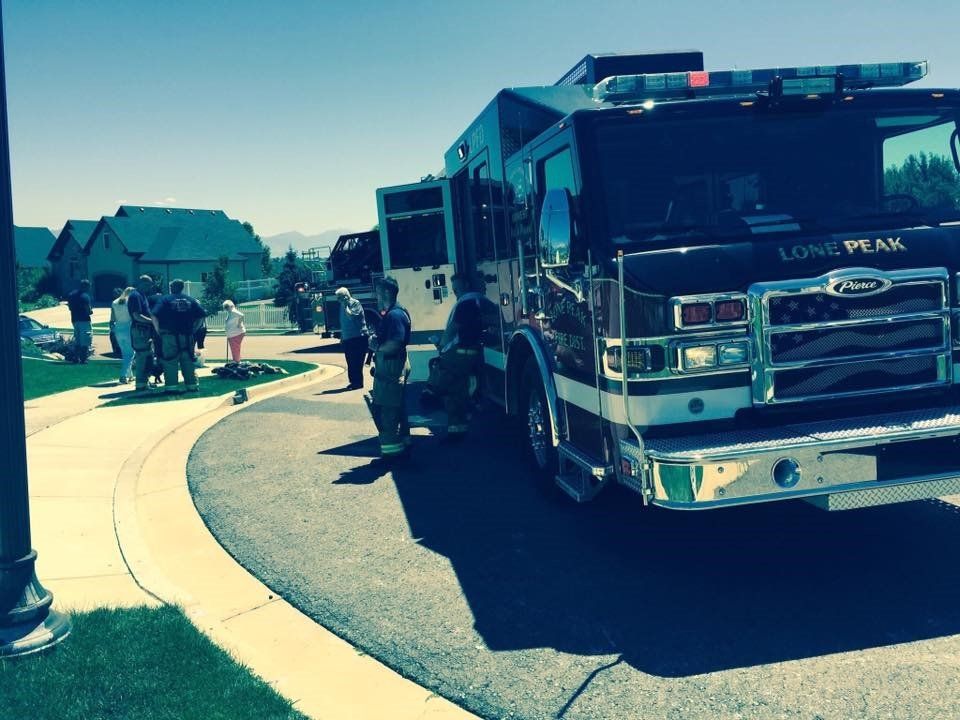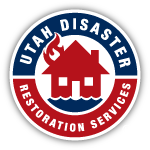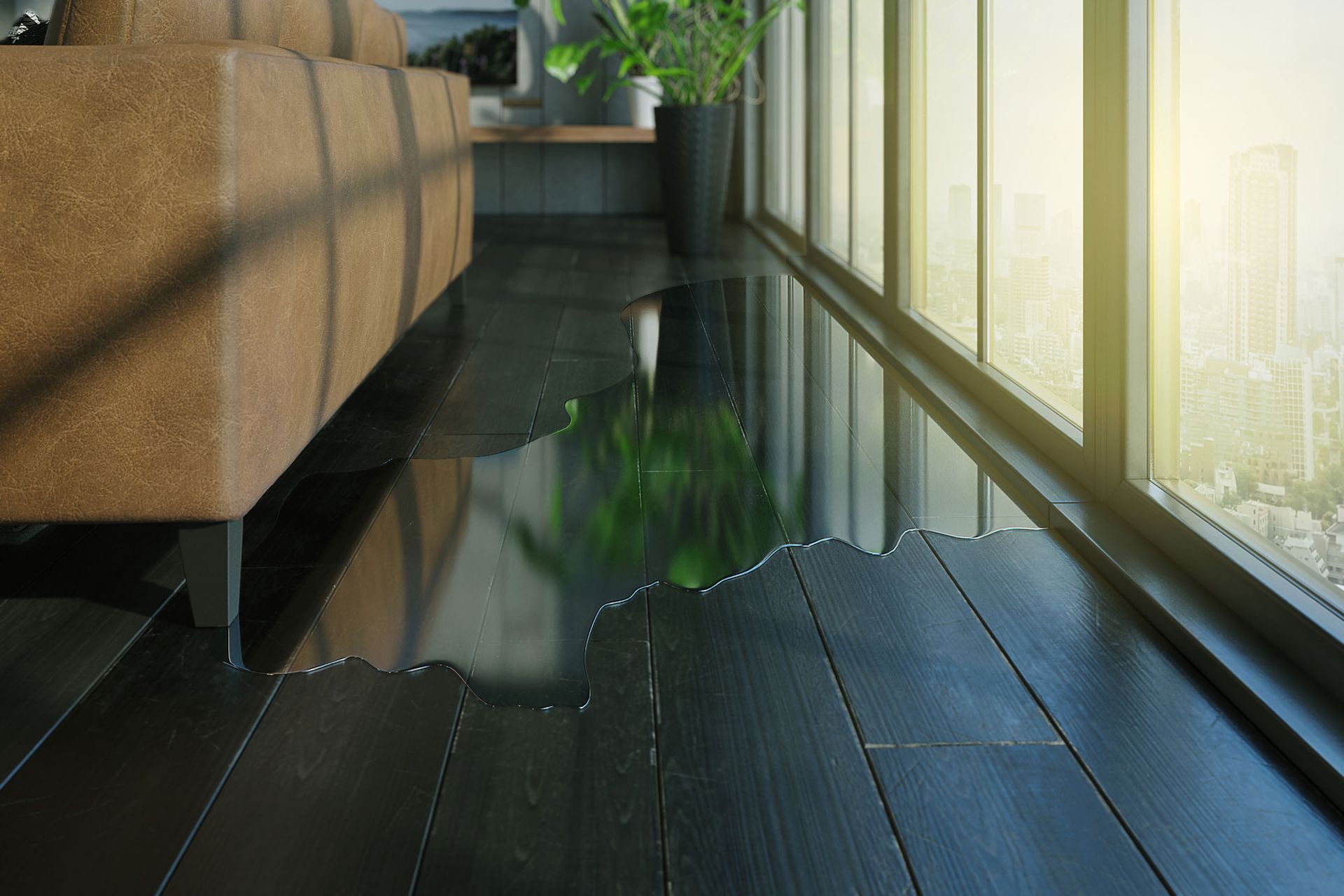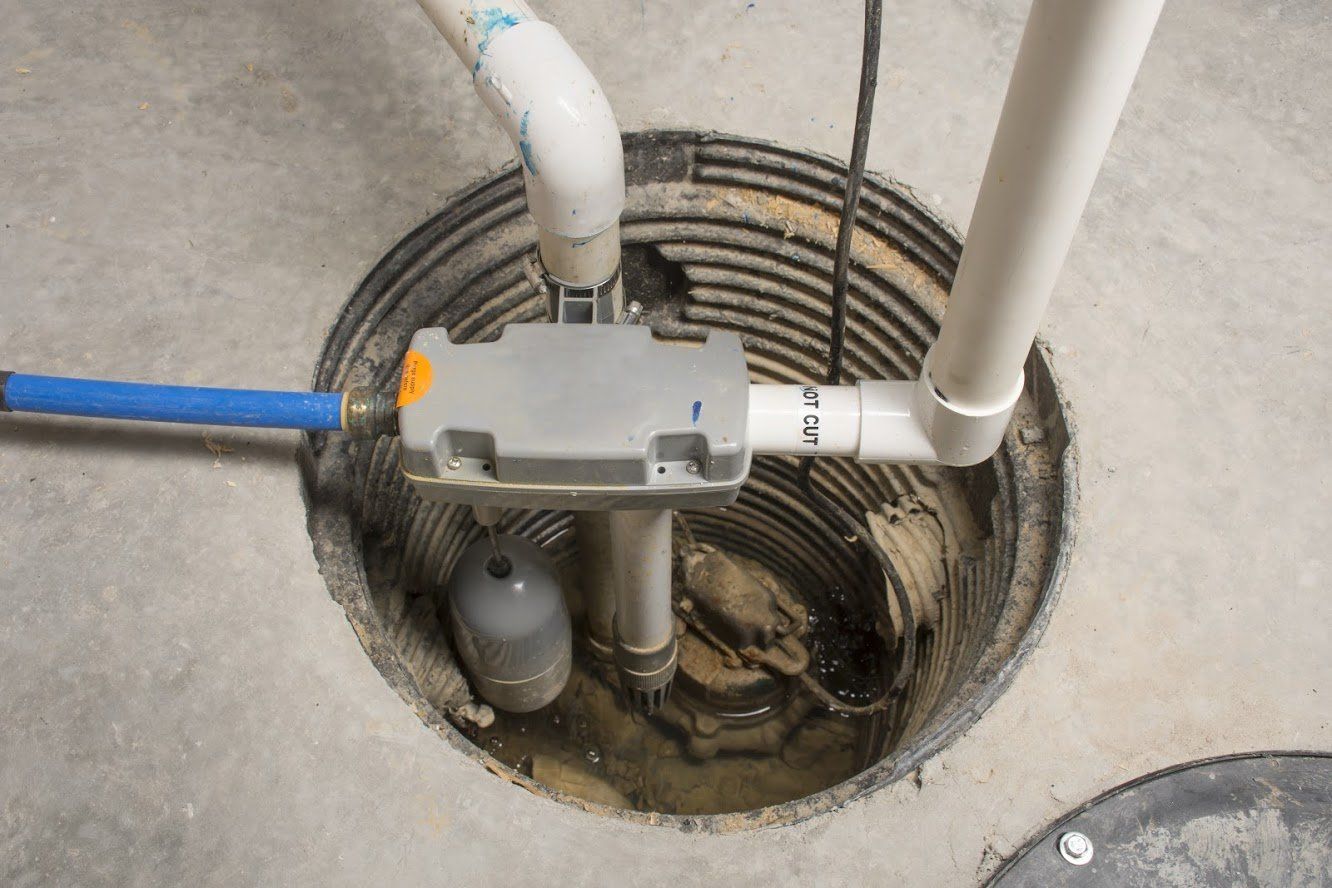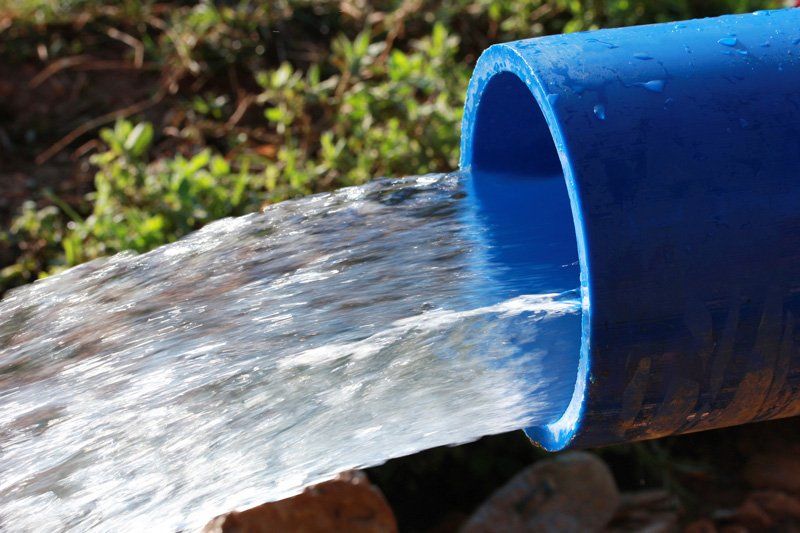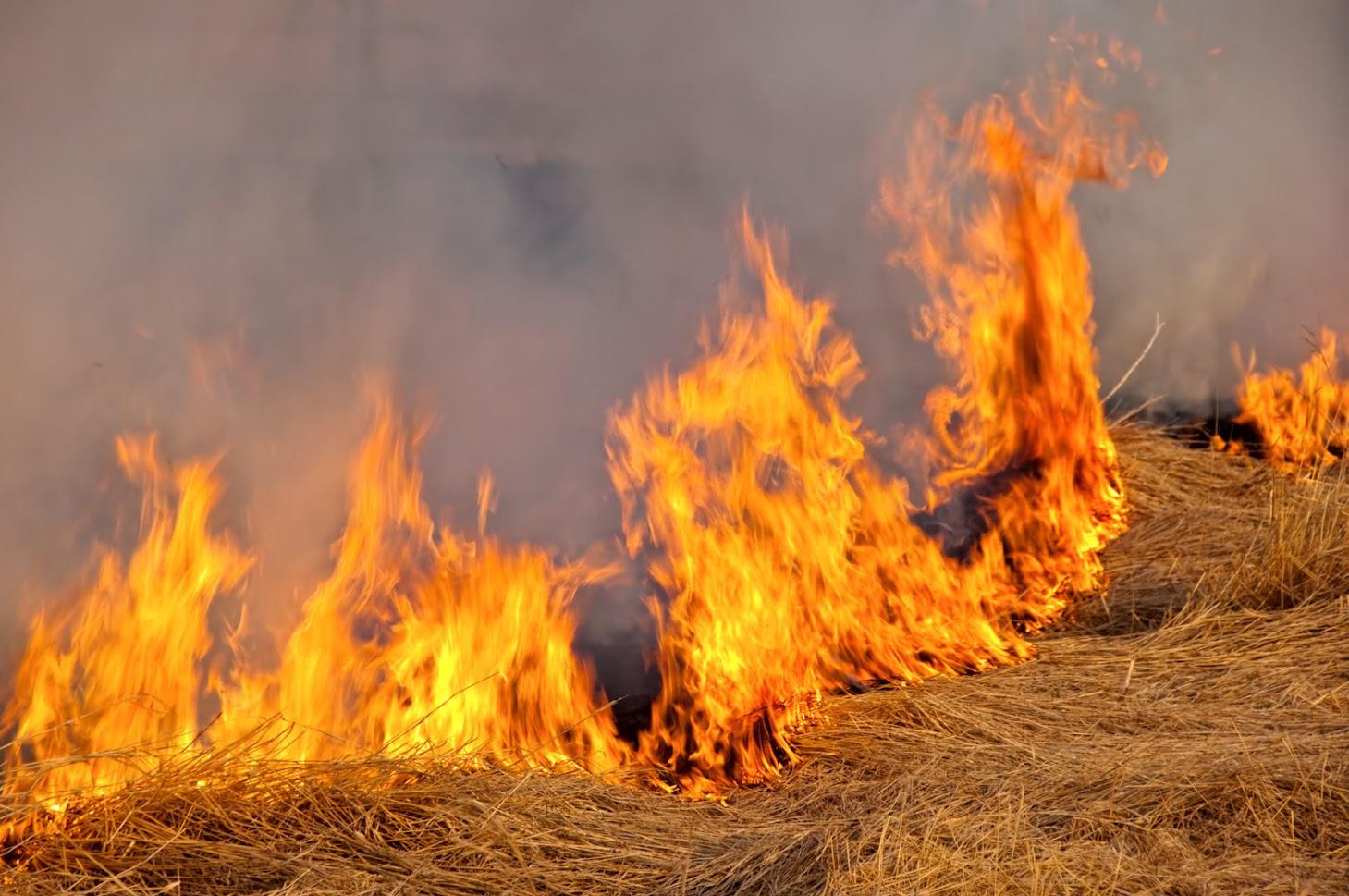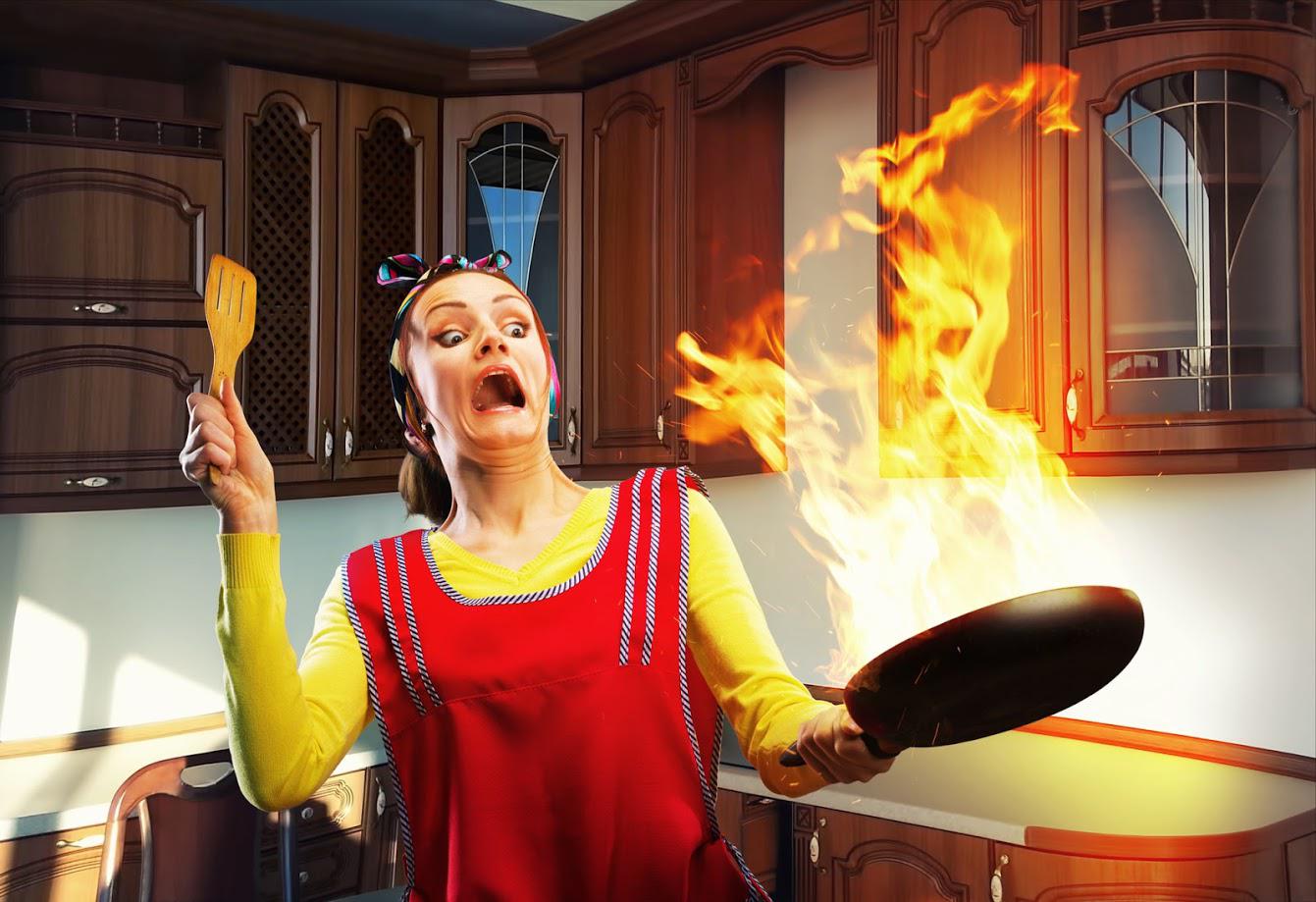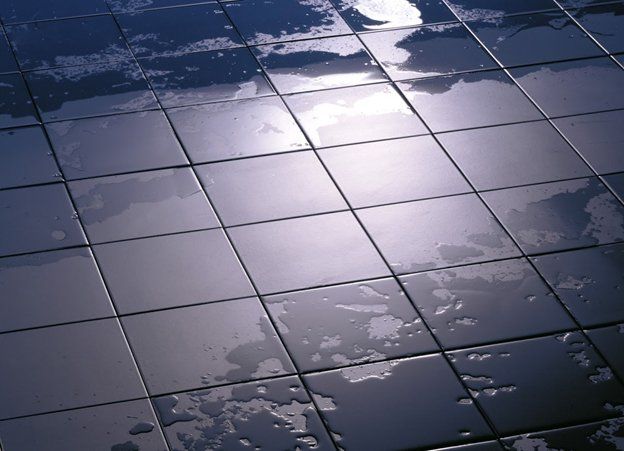Utah Disaster Restoration
Making Utah Homes Great Again!
4 Mistakes That Promotes Mold in Your Home
- By Admin
- •
- 19 Sep, 2019
- •
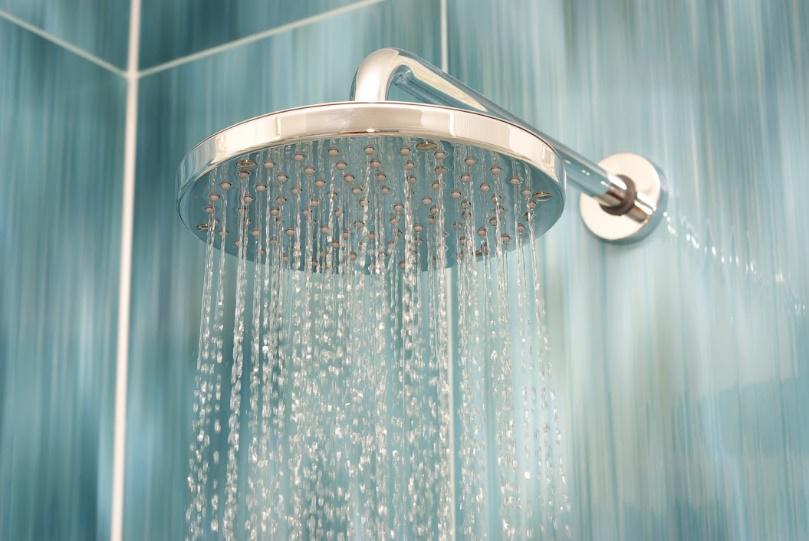
If mold begins to grow inside your home, it can create ugly stains and smelly, musty odors. Depending on the overall health of your family (or if mold starts to grow), you may actually be putting you and your family at risk when living with mold. True, you probably don't go out of your way to invite mold into your home, but there are many mistakes you may be making that promote mold growth. But there is good news. Mold requires three elements to grow; 1) moisture, 2) heat and 3) food and it takes at least 8 days of optimal conditions for mold to begin growing and spreading. Eliminate any oned of these three items and Mold can no longer grow.
1. Improper Yard Drainage
Ideally, you want your yard to slope away from the home, and you want adequate drainage to prevent water from pooling in your yard. Not only can puddles destroy your beautiful yard, but standing water increases the risk of mold (and potential disease). If the water is left for too long, the long-term exposure may allow mold to grow on the foundation or the external siding.
If the water remains too long, it may start to invade the basement. Once inside the walls, you may not even notice any signs, like leaking water, but the mold may still be growing unseen on the inside of the drywall.
The best way to stop this situation is to fix the slope of your yard, add more drainage, and ensure your rain gutters aren’t clogged.
2. Poorly Ventilated Bathroom
If you've ever used the bathroom right after someone has taken a hot shower, you know bathrooms can get hot and steamy. A good ventilation system, when used during showers, directs the humidity outside. But if you don't have adequate ventilation, moisture builds on the walls, ceilings, tub, etc.
This thin layer of moisture is enough to start mold growth. It often begins as small black spots on your walls or ceiling, which may be hard to clean with a regular bathroom cleaner.
If possible, install a ventilation system to fix the problem. Of course, that isn't always possible because it can be expensive and invasive.
Luckily, there are some steps you can take to reduce the humidity. Keep the window open when you or anyone in the home showers, and use a fan to direct the humid air outside. You may also want to purchase a small dehumidifier.
3. Unprotected Crawlspace
Your crawlspace can also develop mold. In fact, most crawlspaces have the perfect environment for mold: dark and moist. Most crawlspaces have exposed ground, where ground water can simply seep into the crawlspace. Even if this doesn't flood the area, it can cause moisture to build up. Proper drainage away from the foundation and sealing the outside of the foundation was can reduce the amount of moisture that can get into a crawl space. Good perimeter ventilation can also help. Were moisture content of the structure remain high over an extended period of can also damage the wood structure of home. High moisture levels in a structure
Not only will this help prevent mold, but it will also prevent rot from water damage and bugs.
4. Leaking or Damaged Roof
Your roof also allows water into your home which provides and environment where mold can grow. This may begin as a small leak from a poorly maintained or damaged roof. If the leak is small, you may not even notice any water dripping or pooling on the ceiling/wall. However, if the leak is left untreated, it will probably worsen, which will create a stain.
Maintaining your roof is the best way to prevent leaks. When working on your roof, check the shingles. If they are cracked, curled, missing, etc. a leak can easily develop because the roof is no longer well protected. Don't forget to keep your gutters clean too, so the roof can drain water.
Mold can be unattractive, smelly, and unsafe for you and your family. If you think you've spotted mold or signs of mold, get it cleaned as soon as possible. Trying to do it yourself, without experience, may let some mold spores survive. To learn more information about cleaning up and repairing mold damage, contact us at Utah Disaster Restoration Services today.
